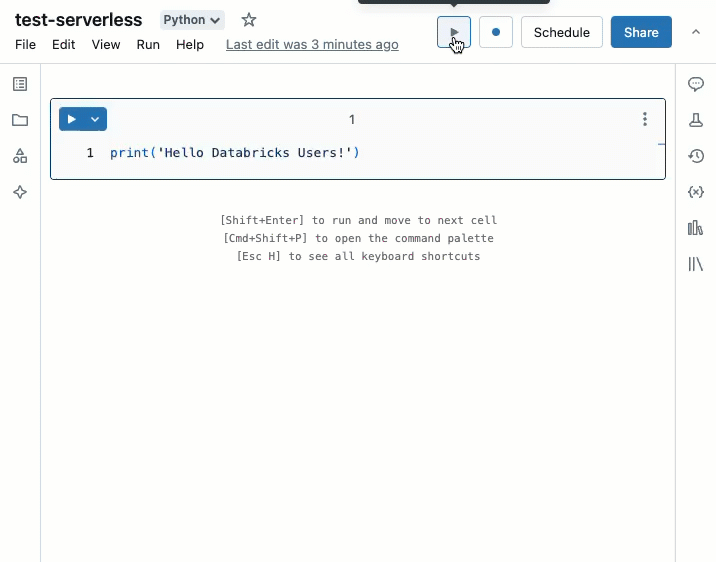Save 4–5 workdays of waiting per Year with Databricks Serverless Compute
Databricks Serverless Compute is starting within seconds.
Here’s how I calculated it:
Waiting for a Databricks cluster to start up is frustrating—especially when you just want to test something or run a small piece of code against your data.
Let’s assume you start a compute cluster 2–3 times a day and wait 4–5 minutes for it to be ready. Replace that with a 15-second startup time, and you’ll save over 40 hours of waiting throughout the year. That’s based on an average of 2.5 cluster starts per day, 200 workdays, and a 5-minute waiting period.
There are still some limitations, like custom Python environments, but Databricks is addressing those. Meanwhile, we can enjoy the time saved running (and debugging) our code.
So, why not test serverless while you wait for your cluster to start?


